Why Is Salmon Recommended Over Other Types Of Fish?
 If you’ve just started focus on eating healthier, you’ll often find salmon, more than any other fish. Why is that? What makes salmon so healthy? First, most fatty fish are healthy, they have high amounts of omega-3 fatty acids, which are known to play an important role in the health of the brain and heart. These fish include salmon, lake trout, sardines and albacore tuna. Some fatty fish, such as swordfish, shark, king mackerel and tilefish, have the potential for high levels of mercury
If you’ve just started focus on eating healthier, you’ll often find salmon, more than any other fish. Why is that? What makes salmon so healthy? First, most fatty fish are healthy, they have high amounts of omega-3 fatty acids, which are known to play an important role in the health of the brain and heart. These fish include salmon, lake trout, sardines and albacore tuna. Some fatty fish, such as swordfish, shark, king mackerel and tilefish, have the potential for high levels of mercury
The type of salmon you choose makes a difference.
If you can, avoid farmed salmon, although it’s far cheaper. It has fewer vitamins and a less healthy balance of omega-6 to omega-3. Wild salmon contains 3.4 grams of Omega-3, while the farmed kind contains 4.2 grams. While that might seem better, the difference comes from the amount of omega-6. Wild salmon has 341 mg, while farmed has 1,944 grams of omega-6. Studies show that the American diet already has too much omega-6. It also has more saturated fat. Wild salmon is more expensive, but it’s worth the extra investment. The difference in the profile comes from the type of food the two eat. Farmed fish eat processed food for fish, while wild salmon eat what nature provided, various invertebrates. It’s similar to the difference of nutrition between grass fed beef and grain fed beef. Grass fed is healthier.
Salmon has high amounts of protein.
The amount of protein you get depends on the type of salmon you’re eating. Three ounces of wild Atlantic salmon and sockeye salmon both have 21.6 grams of protein. Coho salmon has more with 23.3 grams. The amount of potassium also makes a difference. Wild Atlantic salmon contains the most with 534 grams, while sockeye and Coho salmon both have 387 for a 3-ounce serving.
Salmon contains potassium and phosphorous.
Phosphorous is necessary to help calcium build strong bones and teeth. Salmon is high in phosphorous, with a three ounce serving containing from 218 milligrams to 286 based on the type you serve. Wild salmon contains the least with sockeye salmon containing the most. Salmon also contains potassium, which helps support your muscle functioning and keeps your heart beating normally.
- Salmon contains a higher amount of selenium that gives your immune system a boost and keeps your thyroid in good working order. You need approximately 55 micrograms a day. A three ounce serving of pink salmon has approximately 44 grams and sockeye, wild and coho salmon has about 36 micrograms.
- Salmon is heart healthy. It’s the omega-3 fatty acids that help protect your heart by keeping your blood vessels in food health. It helps prevent clots, lowers blood pressure and lower triglycerides.
- If you choose salmon, rather than red meat, you’ll lower your cholesterol, which helps reduce the potential of clogged arteries that increases the risk of heart attack.
- Salmon can fit into any type of diet. It doesn’t contain any carbohydrates, making it good for low carb diets. It also is versatile and can be made a number of ways, including grilling or baking.
For more information, contact us today at Body Sculptors Personal Training

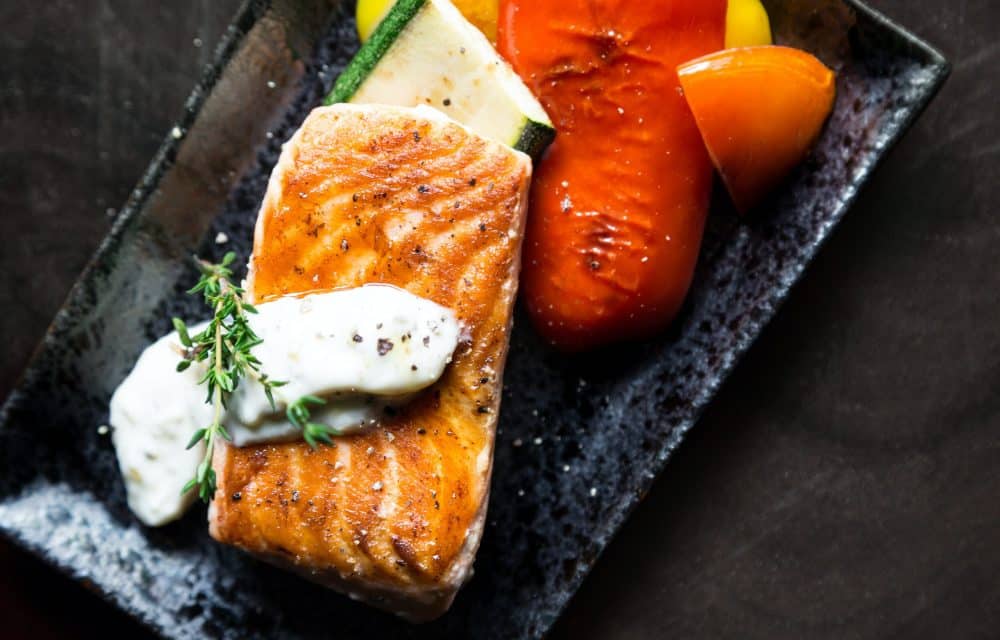

 Everyone has coped differently during the quarantine, unfortunately, many people found their coping skills wanting and didn’t make the best use of time. It’s tough stay physically and mentally healthy when you’re stuck at home unless you have a plan of action. While you thought you’d get a lot done with all the time from work, you may have found that the only thing you accomplished was putting on weight. Here are some ideas to help if you find you have free time and are stuck at home.
Everyone has coped differently during the quarantine, unfortunately, many people found their coping skills wanting and didn’t make the best use of time. It’s tough stay physically and mentally healthy when you’re stuck at home unless you have a plan of action. While you thought you’d get a lot done with all the time from work, you may have found that the only thing you accomplished was putting on weight. Here are some ideas to help if you find you have free time and are stuck at home.
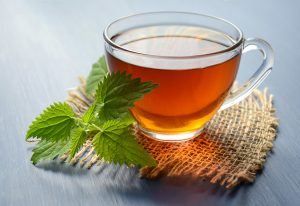 You can help yourself and make your food even better when you add calming herb and spices to fight anxiety. While clients who workout at Body Sculptors in Louisville, KY, often find that working out helps, sometimes you need even more. That’s where eating right and adding a few extra herbs and spices to your food can be a huge benefit. Best of all, herbs and spices add health benefits and don’t add extra calories.
You can help yourself and make your food even better when you add calming herb and spices to fight anxiety. While clients who workout at Body Sculptors in Louisville, KY, often find that working out helps, sometimes you need even more. That’s where eating right and adding a few extra herbs and spices to your food can be a huge benefit. Best of all, herbs and spices add health benefits and don’t add extra calories.
 If you’ve ever tried to create a workout program on your own, you’ll find there are hundreds of different exercises and many different ways to do them to reap benefits. It can be confusing, which is why we provide the programs live or online. We make sure you get variety in workouts for several reasons. The first is easy. It prevents the boredom that can occur when you do the same workout repeatedly. You simply go through the motions after four to six weeks and eventually that boredom will make it harder and harder to workout, until eventually you quit.
If you’ve ever tried to create a workout program on your own, you’ll find there are hundreds of different exercises and many different ways to do them to reap benefits. It can be confusing, which is why we provide the programs live or online. We make sure you get variety in workouts for several reasons. The first is easy. It prevents the boredom that can occur when you do the same workout repeatedly. You simply go through the motions after four to six weeks and eventually that boredom will make it harder and harder to workout, until eventually you quit.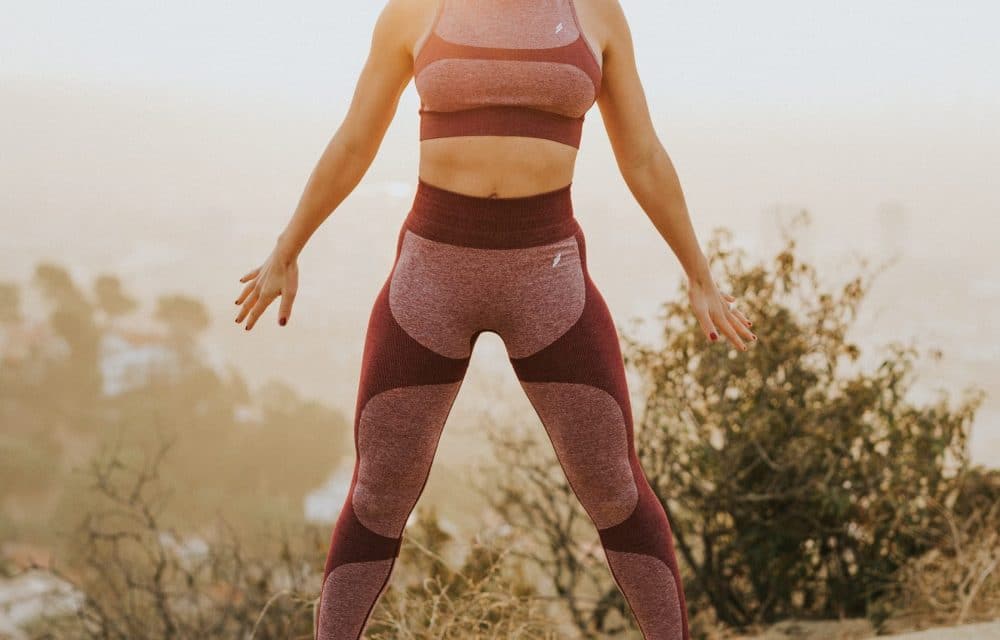
 Whether you’re working out with us at Body Sculptors in Louisville, KY, or using our online workout program, you have to be consistent and get the right amount of exercise to ensure you get the benefits you want. How much is enough each week? You need to get approximately 150 to 300 minutes of moderate cardio per week or 75 to 150 minutes if it’s vigorous, according to the US Department of Health and Human Services. That’s about 30 to 60 minutes of moderate cardio five days a week or 15 to 30 minutes of vigorous exercise.
Whether you’re working out with us at Body Sculptors in Louisville, KY, or using our online workout program, you have to be consistent and get the right amount of exercise to ensure you get the benefits you want. How much is enough each week? You need to get approximately 150 to 300 minutes of moderate cardio per week or 75 to 150 minutes if it’s vigorous, according to the US Department of Health and Human Services. That’s about 30 to 60 minutes of moderate cardio five days a week or 15 to 30 minutes of vigorous exercise.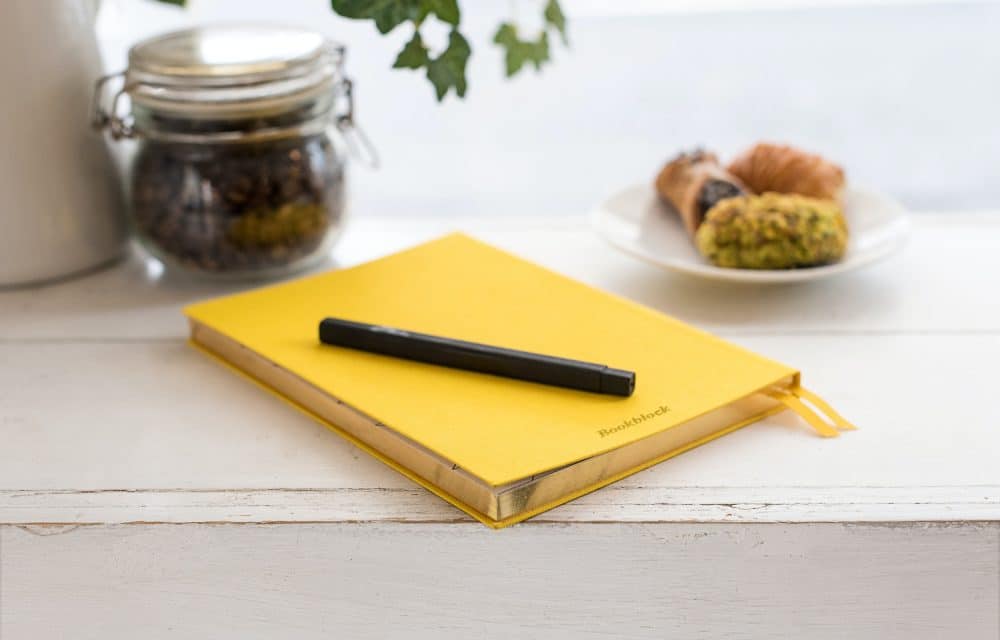
 Have you ever had a food journal, or even heard of keeping one? If you haven’t, you’d be surprised at how this simple tool can really help you lose weight. People sometimes eat mindlessly, a handful of M&Ms as you pass the candy bowl, that last cookie on the plate so you can wash it and far more than one serving size of dinner, even though you considered it one serving. Keeping a food journal used to require carrying around a paper and pad, but with Smartphones today, your memo section or voice recording makes it easy to transfer to a journal at the end of the day.
Have you ever had a food journal, or even heard of keeping one? If you haven’t, you’d be surprised at how this simple tool can really help you lose weight. People sometimes eat mindlessly, a handful of M&Ms as you pass the candy bowl, that last cookie on the plate so you can wash it and far more than one serving size of dinner, even though you considered it one serving. Keeping a food journal used to require carrying around a paper and pad, but with Smartphones today, your memo section or voice recording makes it easy to transfer to a journal at the end of the day.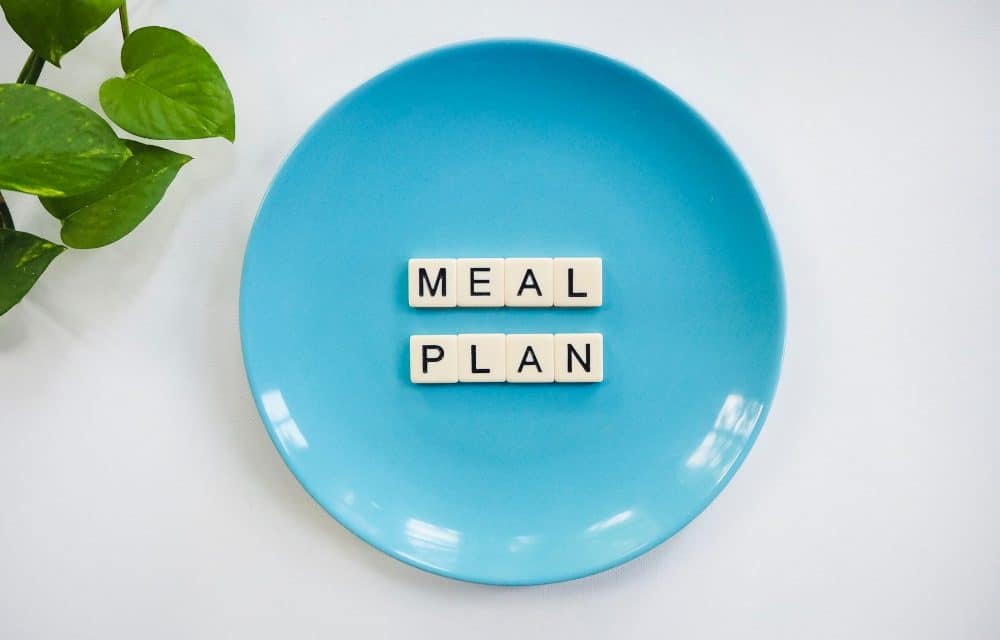
 What is meal planning? It’s more than just planning meals ahead. It’s cooking them ahead, too. It’s a process that not only can save time during the week, but also ensure you are eating nutritious meals that are lower in calories. Meal planning can save you money, while it also boosts your nutrition. Eating healthy doesn’t have to cost a fortune or require hours of cooking at the end of the day and meal planning proves it.
What is meal planning? It’s more than just planning meals ahead. It’s cooking them ahead, too. It’s a process that not only can save time during the week, but also ensure you are eating nutritious meals that are lower in calories. Meal planning can save you money, while it also boosts your nutrition. Eating healthy doesn’t have to cost a fortune or require hours of cooking at the end of the day and meal planning proves it.
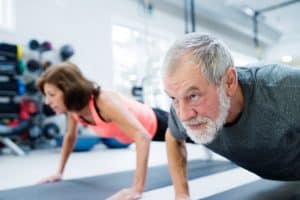 We love working with people of all ages at Body Sculptors in Louisville, KY. While it’s satisfying, no matter what your age, it’s particularly enjoyable to watch seniors. We can help you stay healthy and fit as you get older. Aging doesn’t have to sentence you to a rocking chair or limit your energy. You can be more mobile and self-sufficient no matter what your age if you practice healthy habits. You do have more of a challenge the older you get, since the body doesn’t produce as many enzymes for digestion and muscle tissue breaks down faster. That may make it harder, but definitely not impossible.
We love working with people of all ages at Body Sculptors in Louisville, KY. While it’s satisfying, no matter what your age, it’s particularly enjoyable to watch seniors. We can help you stay healthy and fit as you get older. Aging doesn’t have to sentence you to a rocking chair or limit your energy. You can be more mobile and self-sufficient no matter what your age if you practice healthy habits. You do have more of a challenge the older you get, since the body doesn’t produce as many enzymes for digestion and muscle tissue breaks down faster. That may make it harder, but definitely not impossible.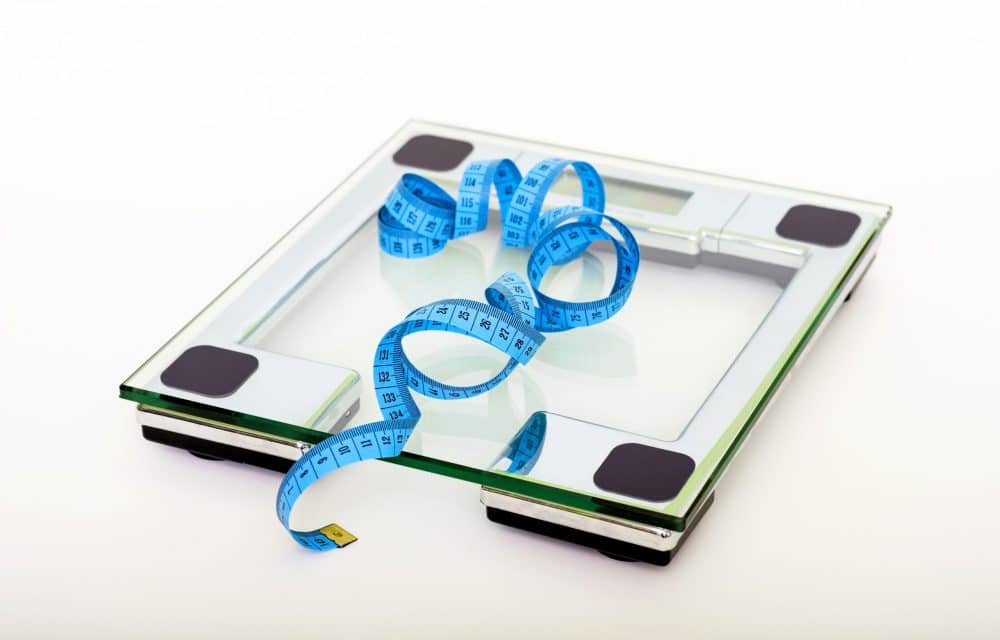
 Before going into the discussion of calories vs macronutrients, you need to understand what both are. Calories are a measure of energy or heat, whose definition has changed over the years. You don’t need to know the exact definition to understand that if you eat too many calories, you’ll gain weight and to lose weight you have to eat less. Macronutrients are carbohydrates, protein, and fat, which are the building blocks for your body and all food you consume.
Before going into the discussion of calories vs macronutrients, you need to understand what both are. Calories are a measure of energy or heat, whose definition has changed over the years. You don’t need to know the exact definition to understand that if you eat too many calories, you’ll gain weight and to lose weight you have to eat less. Macronutrients are carbohydrates, protein, and fat, which are the building blocks for your body and all food you consume.